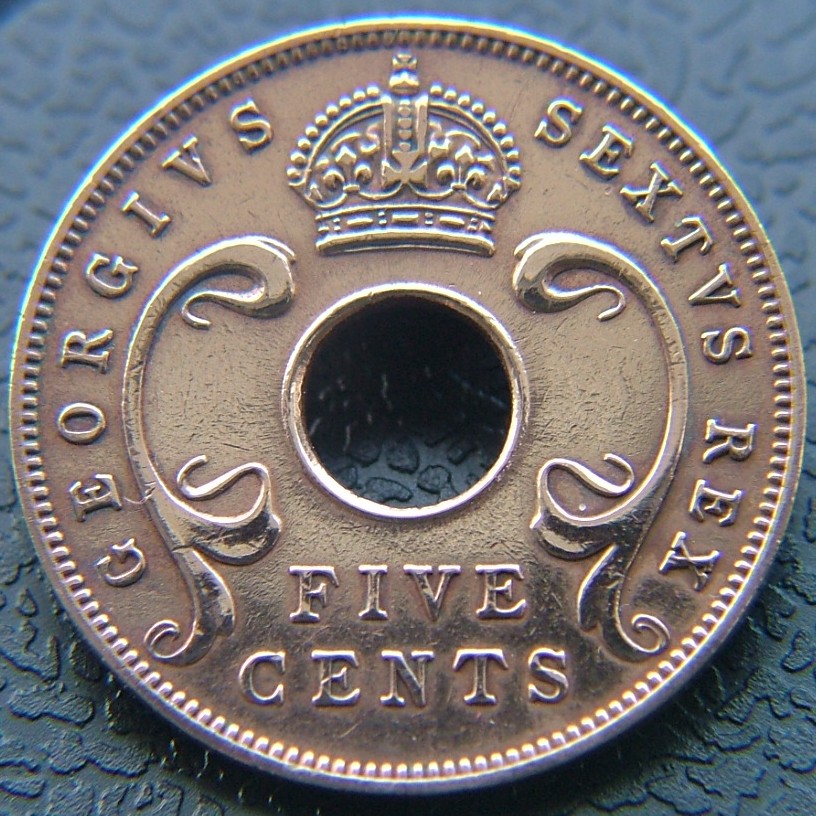Coins of 🌍 East Africa (British) — Coins from the Colonial Crossroads of the Continent
🔎 Historical Overview
From the early 1900s until the 1960s, the British East African territories used a unified monetary system: the East African Shilling, subdivided into 100 cents. Coins from this region often bore the likenesses of British monarchs — Edward VII, George V, George VI, and later Elizabeth II — but their designs and denominations were tailored to local conditions and commerce.
This shared currency system was both a tool of imperial efficiency and a reflection of the cultural and economic diversity of the region.
🪙 Coin Characteristics
-
Denominations: Typically include 1, 5, 10, 25, and 50 cents, as well as 1 and 5 shillings
-
Materials: Copper, bronze, and later nickel or cupro-nickel
-
Design Features: Circular or holed coins, inscriptions in English and Arabic, stylized wildlife, and colonial emblems
-
Mints: Primarily struck in the UK (Royal Mint), with some wartime issues from India or South Africa
💡 Collecting Highlights
-
Holed Coins: Many East African coins, such as the 5 cents, have a distinctive central hole — both a practical design for weight reduction and a visual symbol of the region’s currency.
-
Royal Portraits: Coins often reflect the reigns of British monarchs and can be grouped by ruler.
-
Historical Transitions: These coins offer insight into the transition from colonial governance to independence — many coins remained in use even after decolonization began in the late 1950s and 1960s.
🌐 Why It Matters
The East African colonial coinage system is a fascinating chapter in both African and British imperial history. It reveals how money served not only as a medium of exchange, but as a tool of unification, administration, and — eventually — independence.
Whether you're collecting by monarch, denomination, or geography, this category is rich with stories and surprises waiting to be uncovered.
